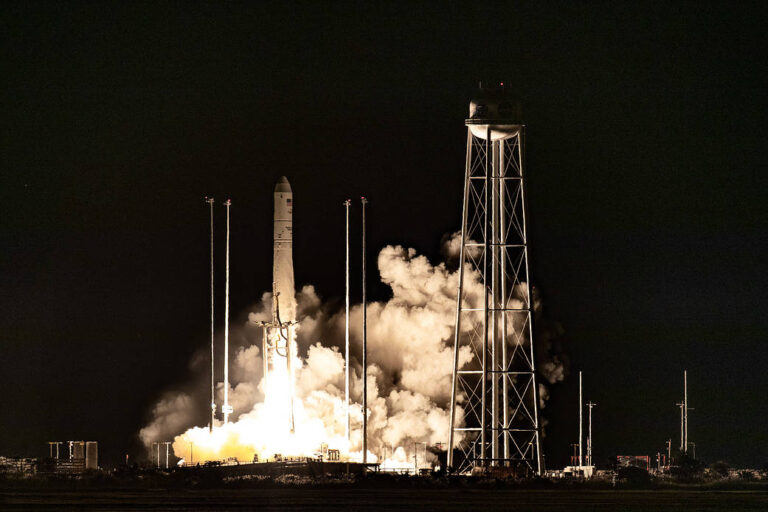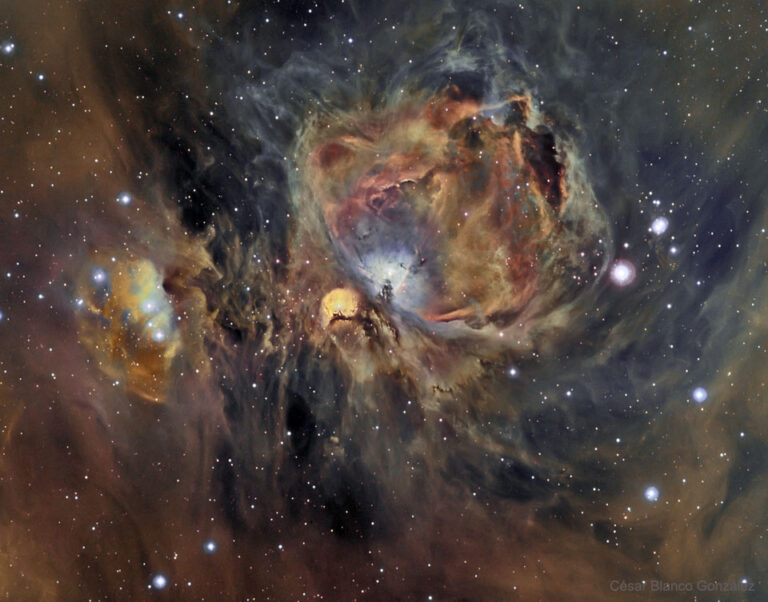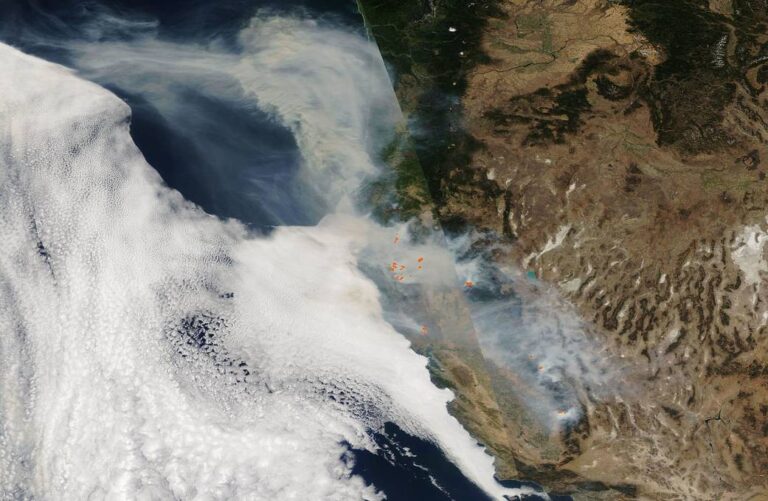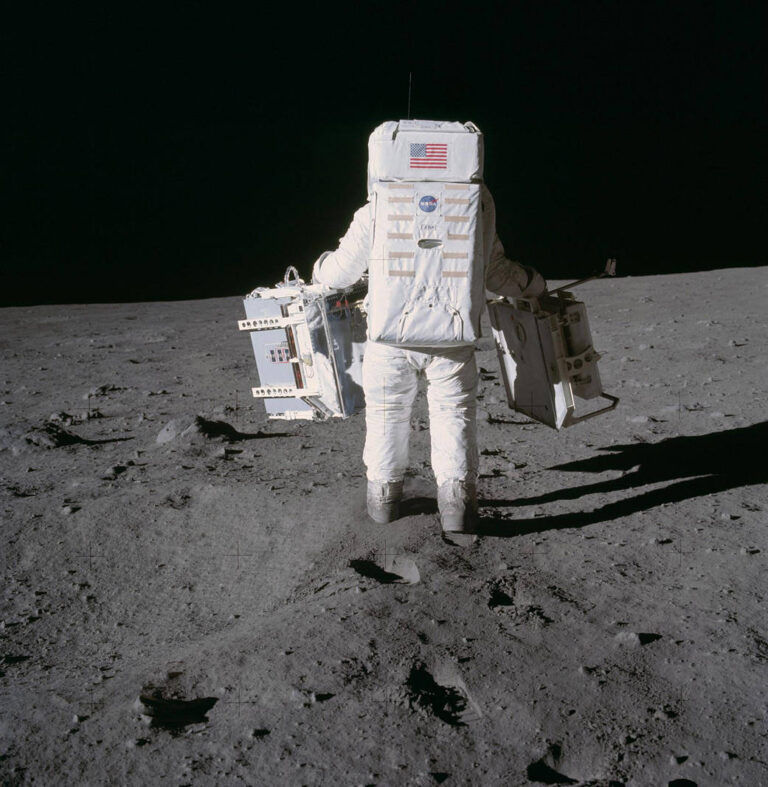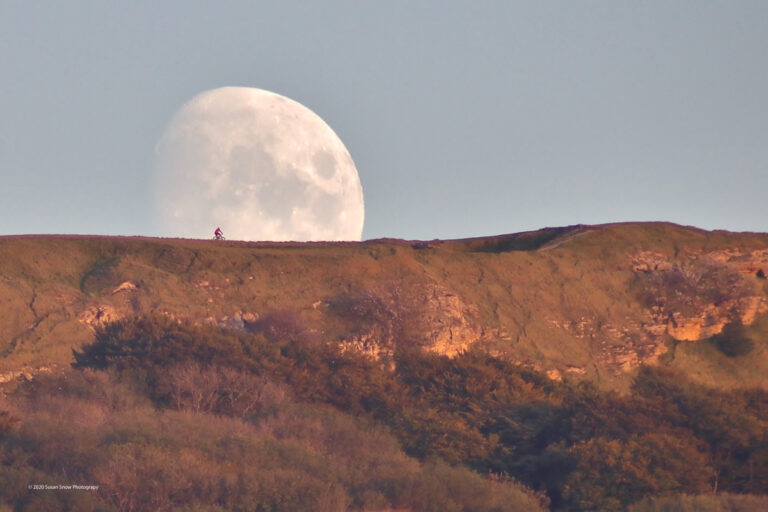安塔瑞斯火箭发射到空间站
A Northrop Grumman Antares rocket, with the company’s Cygnus spacecraft aboard, launches at 9:16 p.m. EDT, Friday, Oct. 2, 2020, from the Mid Atlantic Regional Spaceport’s Pad-0A, at NASA’s Wallops Flight Facility in Virginia. Northrop Grumman’s 14th contracted cargo resupply mission for NASA to the International Space Station is carrying nearly 8,000 pounds of science and research, crew supplies, and vehicle hardware to the orbital laboratory and its crew. On Monday, Oct. 5, Cygnus was successfully berthed to the space station. Image Credit: NASA/Terry Zaperach 美国东部时间2020年10月2日星期五晚上9点16分,诺斯罗普·格鲁曼公司的安塔瑞斯火箭搭载着该公司的天鹅座宇宙飞船,从位于弗吉尼亚州NASA的瓦勒普斯飞行设施中大西洋中部地区航天中心的Pad-0A发射升空。诺斯罗普·格鲁曼公司为美国国家航空航天局(NASA)签订的第14项向国际空间站运送货物补给的合同,将向轨道实验室及其机组人员运送近8000磅的科研物资、人员补给和运载工具硬件。 10月5日星期一,天鹅座成功对接空间站。 图片来源:美国宇航局/特里·扎佩拉赫

